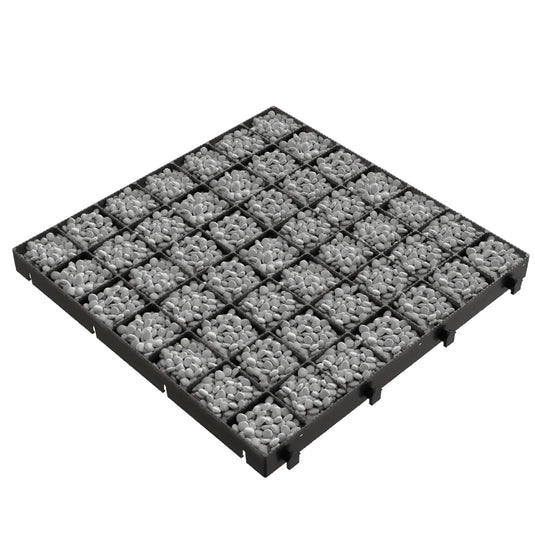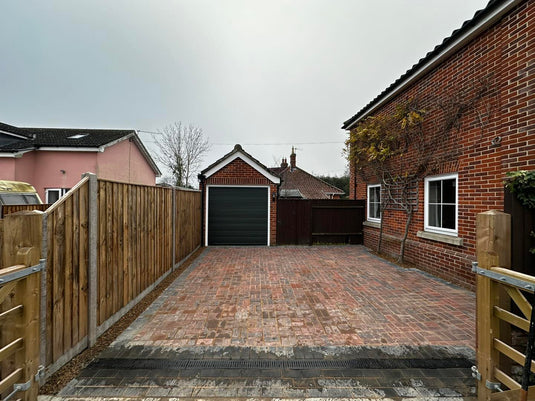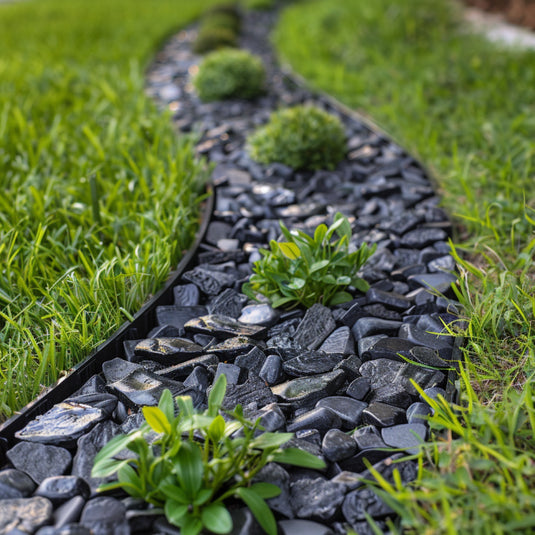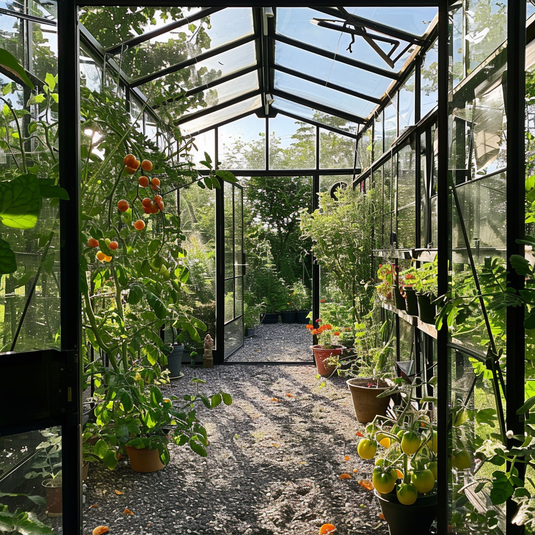Back in 2019, when my wife was in the latter stages of pregnancy, we made the bold decision to move house and take on a serious renovation project. There was a certain smell to the house which suggested there was work to be done and opportunity to be had to create an incredible family home. Little did we know, it was foreshadowing health issues later on down the line.
Our rural bungalow in a quiet rural village in Norfolk.
Having moved from North Nottinghamshire 3 years beforehand to work on site at a self-catering holiday accommodation in Norfolk, my wife and I decided to start a family in mid 2018. With this came the realisation that we would need to find our own home away from the site. The perfect opportunity presented itself, as a bungalow with a large garden in the next village had just come up for sale. The owner had recently decided to downsize, realise the cash and move into rented accommodation on the village green.
The bungalow had problems, which we knew about and were well versed in tackling, having taken on renovation projects back in Nottinghamshire before we moved. The house had been adapted for wheelchair access, with some adaptations being less than perfectly executed. Badly stuck-down carpet tiles were the main feature throughout the front of the property, from which emanated the distinctive floral smell that anyone who’s ever been in a 60s bungalow can identify instantly.
So we spent the next 6 months smashing down walls, grinding the mould-eaten tile adhesive off the floor, replastering and repairing the various work that had been carried out previously. New lighting, extraction and positive input ventilation systems were installed to try and freshen up the air quality within the house. All this whilst my heavily pregnant wife was painting walls, tiling floors and plumbing in bathroom utilities!
By the time my son arrived into the world on Good Friday of 2019, our bungalow had been transformed into the perfect family home. We were smitten. We were sleep deprived. As 2020 and the ushering in of the Covid era, we were oblivious to the growing effect the worsening air quality was having upon our health.
As the moisture levels rose, so did our lack of sleep.
The humidity levels within our home had been steadily rising, creating an environment ripe for mould to breed unchecked. Unseen, these insidious spores began to colonize damp corners and hidden crevices, their presence only betrayed by a musty odor that grew more pronounced with each passing day. As the mold colonies expanded, so too did the concentration of airborne spores, invisibly polluting the air we breathed.
Initially, the effects were subtle. Sleep became increasingly restless, punctuated by coughing fits and a sense of never feeling truly rested. Then came the more overt symptoms: wheezing, shortness of breath, and a tightness in the chest that was all too familiar. Our son, still barely 2 years old by this point, began experiencing symptoms that can only be described as asthma. His once-easy breaths were now laboured, his playful energy replaced by lethargy and a persistent cough.
After all that work and preventative efforts, we were back where we started with the house being as musty as when we moved in. And worse still was the nagging threat that his asthma could turn nasty if, and when, covid came to visit.
The culprit behind this cascade of health issues was the insidious mold, thriving in the moisture-laden environment of our home. The escalating humidity (an incredible 93%) had not only fostered the growth of mold but had also compromised our indoor air quality, turning our once-safe haven into a source of respiratory distress. The impact on our well-being was undeniable, manifesting in disrupted sleep patterns, a decline in overall health, and a surge of asthmatic symptoms in both my wife and son.
Tired and distressed by it all, we turned to professionals for advice.
With seemingly no reason for the house to be damp, having carried out all the various repairs and installations inside, the only answer was what could be causing it from the outside. We’d spent so much time improving the garden, removing spiky hedges, establishing softer borders and lawns and making it suitable for young children to run around. In all that time, the only stone left unturned was the concrete pathways laid up to the side of the house back in the 90s.
A lack of proper drainage around the house was causing all kinds of problems and the tell-tale signs were the tidemark in the brickwork and a damp proof course below the average height of the concrete path! Another big project was in store, ripping it all up and resurfacing it with something permeable. All this time, I’d been sitting on the solution to my family’s health issues with thousands of plastic gravel grids in the warehouse at work, and I hadn’t even realised it. These grids are, and I may say this with bias, transformational. They let every single drop of water drain through into the ground, rather than build up against the house.
One jackhammer rental, one breaker bars and a £45 SDS drill/chisel from ScrewFix later and giant lumps of concrete were being extracted from the pathways all around the house. All those adaptations inside and we’d missed the compromising outdoor adaptations! The hardest part was getting rid of the concrete, convincing the local authorities that, despite my dusty, grubby appearance, I was not a tradesman attempting to dump rubble at the local tip. The surfacing was easy - I’d done this particular installation many times before and had sold millions of these grids.
Early signs of recovery.
The change was by no means instantaneous. For a short while, we still needed to use dehumidifiers to bring the moisture levels under control, just as we had done pre-surfacing. Over the course of the next month or so, the moisture levels came down by around 10% a week and the air quality started to improve.
The initial signs were encouraging. The spores that had developed into full blown black mould round the back of my son’s wardrobe had been treated and, amazingly, hadn’t returned. The humidity levels in the house had dropped to 40%. My son had stopped coughing himself awake every night! We had transformed the air quality inside our family home for the better.
If someone had told me back in 2019 that treating and preventing damp and mould inside the home is only half the battle, I’d have bought that information! It certainly would have saved us years of trips to the doctor, hours of lost sleep and how that was affecting our health and our ability to function both at home and at work. The change in our health was well worth every penny spent on making these improvements - even more worthwhile than any cosmetic improvement we had made.






